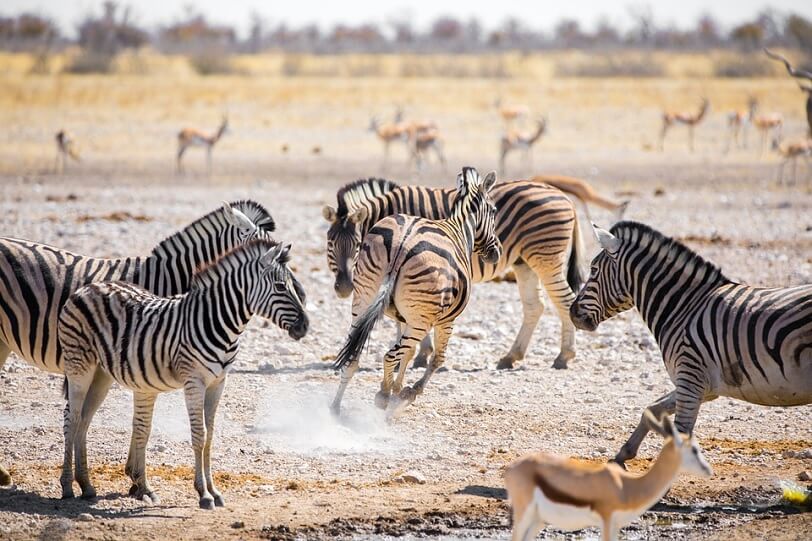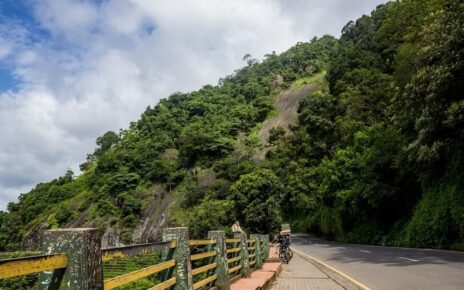Table of Contents
This fascinating wildlife park in the vast land of Namibia, in Southern Africa, is popular for its natural eye-grasping beauty and wildlife species. In the language of the Ovambo tribe, Etosha means ‘great white place’ The area which was later turned into Etosha National Park was discovered in 1851 by Europeans when Charles Andersson and Francis Galton came to the wild region as Explorers.
After a few historical moments which occurred in Etosha, Namibia was later grabbed into great nature destruction. In the late 1970s and early 1980s, a severe drought and border war which caused a fire in Nambia, South Africa and Angola wiped out the majority of the wildlife at that time. Grateful to the brave conservation efforts, most of the park’s most precious wildlife was savoured and replenished and now today, Etosha is once again one of the best places in the world to view Africa’s unique wildlife with layers of underlying historical mysteries.
From Waterholes to Etosha Pan, this national park has a lot to offer to its visitors and tourists from all around the globe.
Also Read: National Parks In Himachal Pradesh
Etosha National Park
The Etosha Pan is a vast, wide-opened expanse of shimmering green and white that covers around 4,800km² of land, which is almost a quarter of Etosha National Park. It is the largest salt pan in Africa and it is the park’s most distinctive and dramatic feature, which makes it visible from space. Etosha pan was originally a lake but as time passed by, the climate changes forced the rivers to dry up and converted into a dry baked alkaline clay ground. There are many stories and theories connected to Etosha Pan, it is also believed that this natural mineral pan was first formed over 100 million years ago.
The Kunene River in Angola slowly dried up, causing the lake to leave behind a salt pan. Some historical legends say San Legend has it that the formation of the Etosha Pan resulted from a small village being raided and everyone slaughtered except the woman. One of the women was so upset by the death of her entire family that she cried until her tears formed a massive lake which eventually dried up and left behind a huge white pan. As much as that sounds dramatic, you never know what mystery is connected to which history.
Some Fascinating Facts About Etosha Pan
- The pan covers approximately 4,800 square km’s at an elevation of about 1,030 meters.
- It spans roughly 25% of the park.
- The pan is so large it can be seen from space.
- There is very little vegetation existing in the pan, only some soft tolerant grasses exist in the Etosha pan.
- It is the only known mass breeding ground for flamingos in Namibia. At times there can be around 1 million flamingos in the pan.
To explore more about Etosha National Park and its wonders, install Etosha App, a pocket-friendly tour guide app which has fascinating features and Etosha knowledge.




